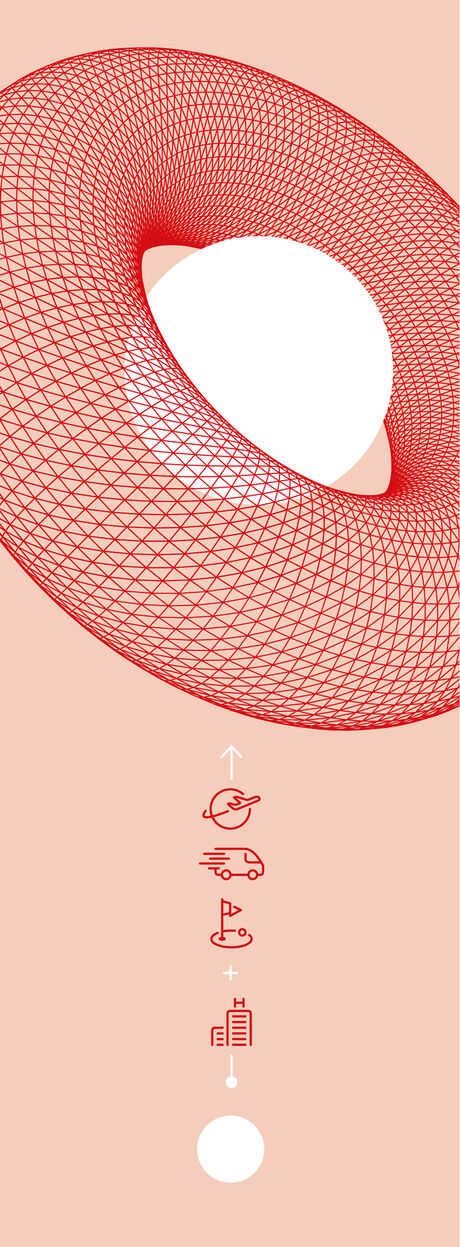Mr Evers, you are developing future markets for TUI. What is so special about those markets?
We have evolved from being a classical tour operator into a product provider with our own hotels and cruise companies. As we expand our hotel and cruise portfolio, we are also exposed to a greater capacity risk – we can currently provide around 100 million bed nights a year, and those beds need filling. To do this, we need to generate growth at our tour operators. In our main markets – Germany, United Kingdom, Benelux, France and the Nordics – we have about 21 million customers and we are already almost always the leading provider. That’s why we are looking one by one at new source markets of particular interest to us so that we can recruit new customers for our products. We start by offering hotels.
What are your criteria for selecting these markets?
The reasons for choosing a country are very complex. For one thing, we naturally look at how it is growing in general. That’s where the BRIC countries – Brazil, Russia, India and China – enter the picture as the fastest-growing emerging economies. At the same time, it has to fit with our strategy. That’s why we have selected five countries initially: Spain, Portugal, Brazil, India and Malaysia. The conditions in each are very different, but they are all a good match for us.
Take Spain. It has big potential because 80 per cent of the population spend their holidays within the country. They take their own car to a natural environment – the Pyrenees or Galicia, for example – or to the coast, maybe the Costa del Sol. They want beaches, good food and an element of luxury. And we can deliver exactly that in Spain with our own strong hotel brands. The same goes for Portugal.





 Austria
Austria





